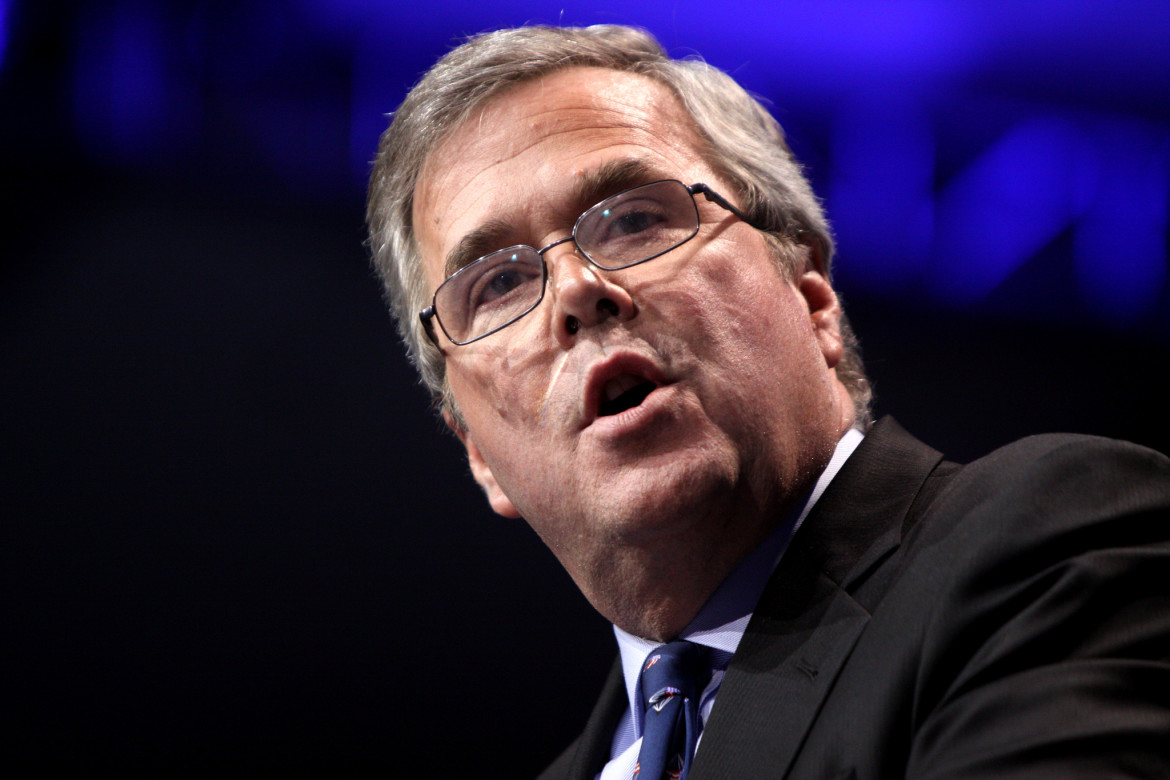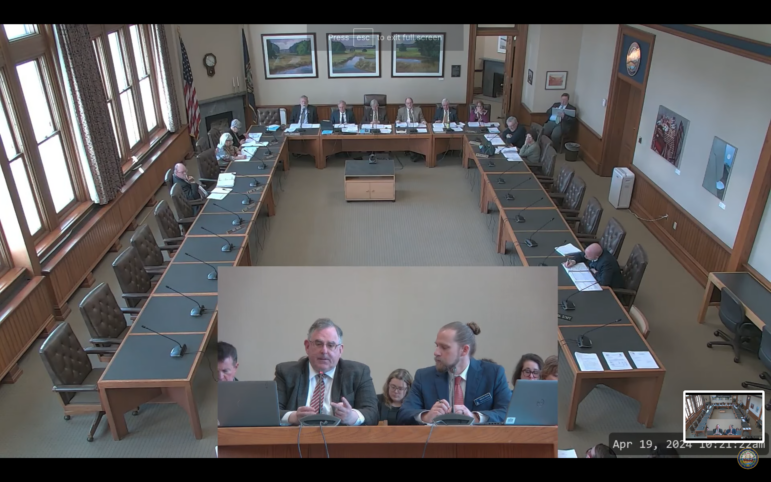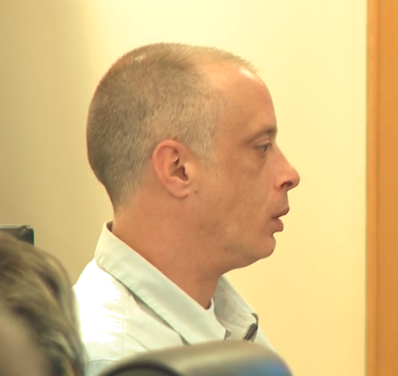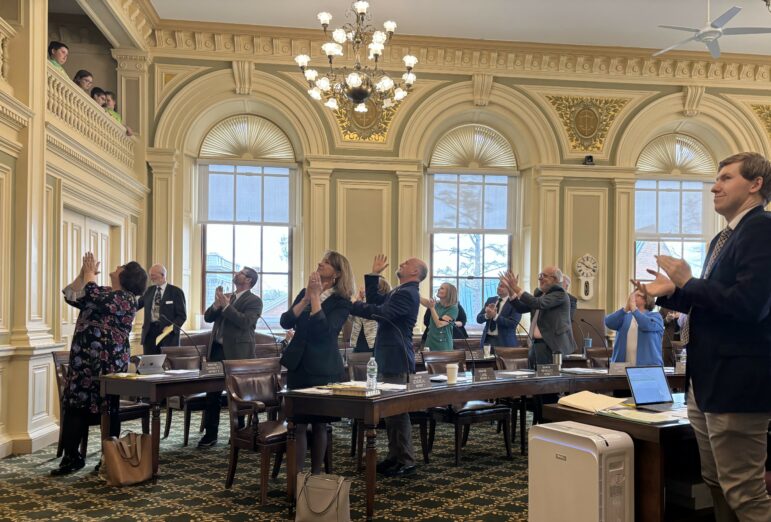The $103 million raised by Right to Rise USA between January and July 2015 provided the shock. Former Florida Gov. Jeb Bush could just never bring the awe.
The Bush super PAC had the resources. It had family loyalist donors who laid out as much as $10 million in contributions and did so as late as October, even after the candidate seemed to falter in a protracted brawl with the eventual winner of both the New Hampshire and South Carolina presidential primaries, Donald Trump. The loss wasn’t for lack of trying, either — Right to Rise didn’t sit on its money, spending $34.5 million in January alone. In that month, it raised less than $379,000. And Bush’s campaign? It managed just a little under $1.6 million.
 In the end, it wasn’t enough for Bush, who withdrew from the race Saturday night after learning the results of the South Carolina GOP primary. But it remains to be seen how super PACs — and dark money groups, which don’t have to file these monthly reports — help propel other candidates.
In the end, it wasn’t enough for Bush, who withdrew from the race Saturday night after learning the results of the South Carolina GOP primary. But it remains to be seen how super PACs — and dark money groups, which don’t have to file these monthly reports — help propel other candidates.
The other major single-candidate super PACs in the Republican field fared roughly similarly to each other in fundraising — Sen. Ted Cruz‘s groups raised $3.9 million, Ohio Gov. John Kasich‘s New Day for America raised nearly $3.3 million and Florida Sen. Marco Rubio‘s Conservative Solutions raised $2.5 million. That was probably most meaningful for Kasich; New Day brought in nearly as much in January as it had in the entire second half of 2015.
Super PACs for both Cruz and Kasich landed new $1 million contributors, two for Cruz and one for Kasich. Stand for Truth, one of the pro-Cruz organizations, took in money from an entity called Trinity Equity and from Richard Uihlein, the founder of a shipping supplies firm who’d been a donor to the super PAC backing the short-lived candidacy of Wisconsin Gov. Scott Walker. Uihlein was the fifth-largest donor of 2015. Boich Co. LLC, an Ohio-based coal company, gave $1 million to the Kasich-backing New Day for America.
If the simplest measure of the health of a campaign is a candidate’s cash on hand, then the prognosis was good for Cruz. Ahead of his Iowa caucuses win on Feb. 1, his campaign raised $7.6 million, spent $12.7 million and still had $13.6 million banked. That was more than double Rubio’s cash-on-hand, $5 million, and far more than Trump or Kasich could boast of.
The two had $1.6 million and $1.5 million on hand, respectively, at the end of January. Of course, Trump is a wild card who could at any moment slip another handful of millions into his campaign account; he lent his campaign $4.9 million in January, bringing in less than $1 million from other donors.
While Trump and Rubio each spent just over $10 million in January, Kasich laid out only about $1 million days before his solid showing in the New Hampshire contest.
Among Democrats, megadonors continued to come forward to support former Secretary of State Hillary Clinton with their gifts to Priorities USA Action, which had a $9.6 million take for the month. Liberal donor James Simons, a major player in the 2014 cycle, provided more than a third of that with a $3.5 million contribution; it was his first of the cycle, other than a token $25,000 check to Sen. Lindsey Graham’s (R-S.C.) super PAC, Security is Strength, last year.
Steve Mostyn, a trial lawyer, also put himself on the 2016 map for the first time with a $1 million check. Two members of the wealthy Pritzker clan upped their investment in Clinton with another $2 million, and a Laborers International Union-funded super PAC, LIUNA Building America, contributed $2 million, its first big foray of the cycle. Priorities spent less than $1 million in January — but launched a major advertising and organizing effort this month in the face of a growing challenge from New Hampshire Democratic primary winner Sen. Bernie Sanders (I-Vt.).
It’ll be another month before the Sanders campaign reveals the particulars of its much-touted fundraising drive after his victory in the New Hampshire primary. But in January, the campaign raised $21 million to Clinton’s $14.9 million, though Clinton reported having $32.9 million in the bank at the end of the month to Sanders’ $14.7 million thanks to her earlier superiority in fundraising. Most of Sanders’ funds, $13.3 million, came in the form of small ($200 and under) contributions; only $2.7 million of the $13.1 million Clinton received from individuals came from small donations.
Still, Sanders’ besting of Clinton lags far behind the massive fundraising haul that put another former Clinton challenger firmly on the map. Barack Obama rewrote presidential fundraising history in 2008 in part with a January haul that shattered records at $36.2 million – nearly triple the $13.8 million his next closest competitor, Clinton, pulled in during that same 31 day period eight years ago (she beat her previous number by about $1 million this time around).
Republican rivals John McCain and Mitt Romney also posted strong numbers that month, $11.6 million and $9.6 million respectively, helping make 2008’s presidential campaign the most financially competitive in history.
Back when most candidates took public matching funds, January was the month they received their first payments, with the accumulated entitlements covering all of the previous year’s contributions of $250 or less. The Jan. 1 payments from the U.S. Treasury made fundraising over the next few weeks less critical. Al Gore received only $588,000 in individual contributions in January 2000, but he also received $5.5 million in matching funds. George W. Bush, on the other hand, declined primary matching funds that year and raised $1.7 million in January donations.
Super PACs were first a factor in a presidential race in 2012. That year, at this point in the 2012 Republican contest, Sheldon Adelson — whose preference among the GOP candidates this time around is not yet publicly known — had emerged as a major force. Former House Speaker Newt Gingrich’s (R-Ga.) Winning our Future raised just over $11 million in January (twice the campaign’s total). About $10 million of that came from Adelson and his wife Miriam, who gave $5 million each in an effort to keep Gingrich viable.
Former Massachusetts Gov. Mitt Romney’s Restore Our Future raised $6.6 million in January, with no individual giving more than $500,000. Former Sen. Rick Santorum (R-Ohio) also showed signs of potential early in the year and his Red, White and Blue Fund raised $2 million in January, mostly coming from two individuals – William Dore, who gave $1 million and Foster Friess who gave about $750,000 in two contributions.
But we all know how well all that worked out. As Bush learned, cash can’t overcome everything.





